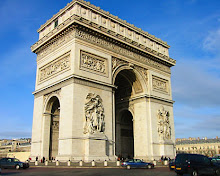Warning: This entry is rated PG.
Biannual makes me think of Victoria's Secret semi-annual sale, which reminds me of Intimissimi in Venice, Italy.
I arrived in Venice with every intention of seeing the history, museums, cathedrals, and general culture of this famous little island, but when I strolled down the narrow pathways between boutiques, I saw a few cafés and many, many modern clothing and accessory shops. That's when I saw it. Glowing with bright, white light and speckled with beautiful little garments--some in rainbow colors, some shiny like silver and gold, all delicate and perfectly detailed--was Intimissimi.
It was the most amazing undergarment store I've ever seen.
Now everyone wears undergarments, so don't misunderstand me. This wasn't just lingerie, no this was everything you would ever want to make your clothes fit better, hide those annoying undie lines, tuck what needs tucked, lift what needs lifted, smooth what needs smoothed, and avoid the pinching, chaffing, and wrinkling of cheap imitations. What was so remarkable is that all of these perfectly functional and some quite sturdy garments were still so pretty!
Of course they had some things that were not quite so functional and sturdy, too. Hey, it's Italy!
I've been waiting for an Intimissimi to open up in Northwest Arkansas ever since, but I won't hold my breath. At least we've got Victoria's Secret biannual sale!



